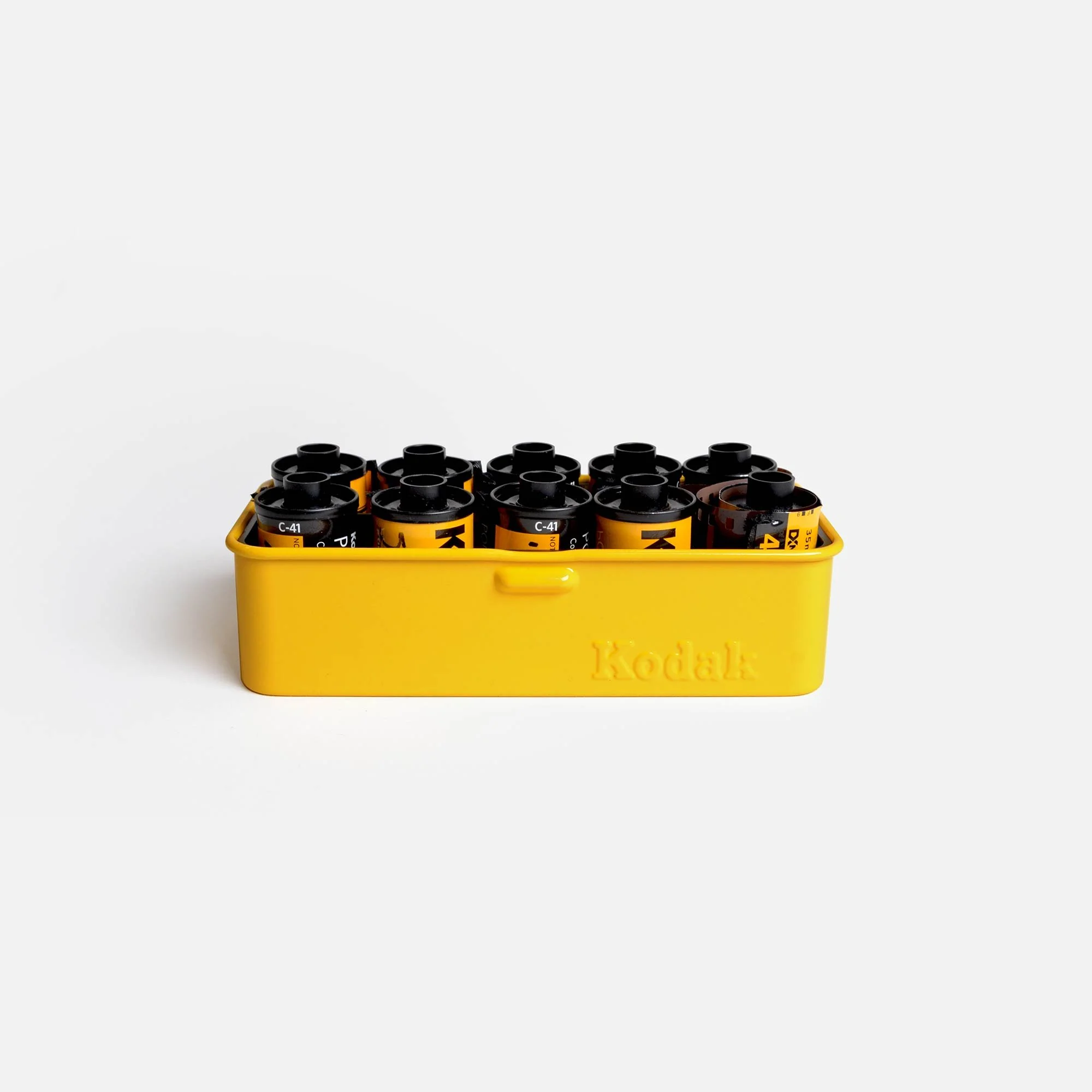Fos-Grafo
Writing with Light
Published: 4/6/2022
By: Kareem Eglusain
The world as I know it is full of infinite mysteries and obscure ideas that keep us moving in every direction. I believe many of us wonder about and explore these things that we see and experience. For me, it has always been my affinity for photographs and the experiences that live inside of them that keep me exploring.
Before we dive into what the photo represents, let’s briefly touch on the history of the tool that allows us to create one, the camera.
Just over 200 years ago, the camera was born. The first camera was invented in 1816 by French inventor Nicephore Niepce who created the first photograph. Prior to his invention of the camera, experiments were performed using a camera obscura (Latin for dark chamber). Camera obscura was an ancient technique for capturing an image using a small hole in a dark room or box wall. Artists widely used it to project an image of their subjects for their paintings. The difference between Niepce’s invention and its predecessor, the camera obscura, was that one became a permanent image, and the other was only a temporary reflection. Although Nicephore wasn’t able to create this tool for mass use, others took advantage of his experiments and went on to create the tools and techniques that we know and use today.
After decades of trials and refinements, we are introduced to the first commercial camera on the market, the Kodak Brownie. This product was the first successful tool to create a permanent photograph on roll film. Kodak is still one of the most sought-after rolls of film in the industry nearly 130 years after George Eastman founded the company.
As we fast forward to the present day, the vast majority of people can snap a photo instantly using their smartphones “5.2 Billion mobile phones on the planet for a population of 4.3 Billion users”. This fact, has saturated the world with a lot of waste. Because of this abundance of cameras, we’ve created a massive library of images. It is filled with some good photos and, on the other hand, overwhelming nonsense.
Many of us have fallen victim to the ease of access to digital cameras, including myself. According to a study, “More than 90% of all humans who have ever taken a picture, have only done so on a camera phone, not a stand-alone digital or film-based ‘traditional’ camera.” This upset leads us to my medium of capturing images and why I chose to do so.
When I choose to create and feel the experiences that I describe as mysterious and obscure, I resort to 20th-century techniques to develop that story. You might ask “why?” and I asked myself the same question for the longest time. However, it wasn’t until a few years back that I understood my passion for capturing images. What I stumbled upon was enlightening to me. I noticed: antique, color, communication, craftsmanship, culture, design, emotion, lifestyle, medium, memories, process, space, tactile, and technique. These traits capture why I choose to shoot and explore film photography.
Photographs, for me, encapsulate my more profound understanding of a subject, and they have become my way of contextualizing the world around me. Like many others, I am a spatial learner, meaning I learn and remember best through visual communication, which hints at my love for the photograph.
The point here isn’t to persuade you to become a photographer. Instead, by allowing what inspires us to challenge our minds, we can push past our comfort zone and explore new viewpoints of the world and have discussions with ourselves about what really makes us feel, what really makes us click, and what we wish to gain from this obscurity we call life.
“Photography for me is not looking; it’s feeling. If you can’t feel what you’re looking at, you’re never going to get others to feel anything when they look at your pictures.”
Context
How to Develop Color Film at Home
Behind the Shot
By: Andrew Neyer
Nothing fancy over here ッ
These photos, and other IRL images, were taken at the Studio using cheapo strobes from a kit purchased on Amazon ($150 in 2011) with a Nikon D3100 ($249 in 2009).
There is absolutely better photo equipment out, but you can do a lot with inexpensive gear too.
Click here to watch a quick video on the 10 minute Photoshop cleanup.
Thoughts
– What drives you to create?
– What are some of your favorite photos?
– Have you ever taken an image with a tool other than your smartphone?






